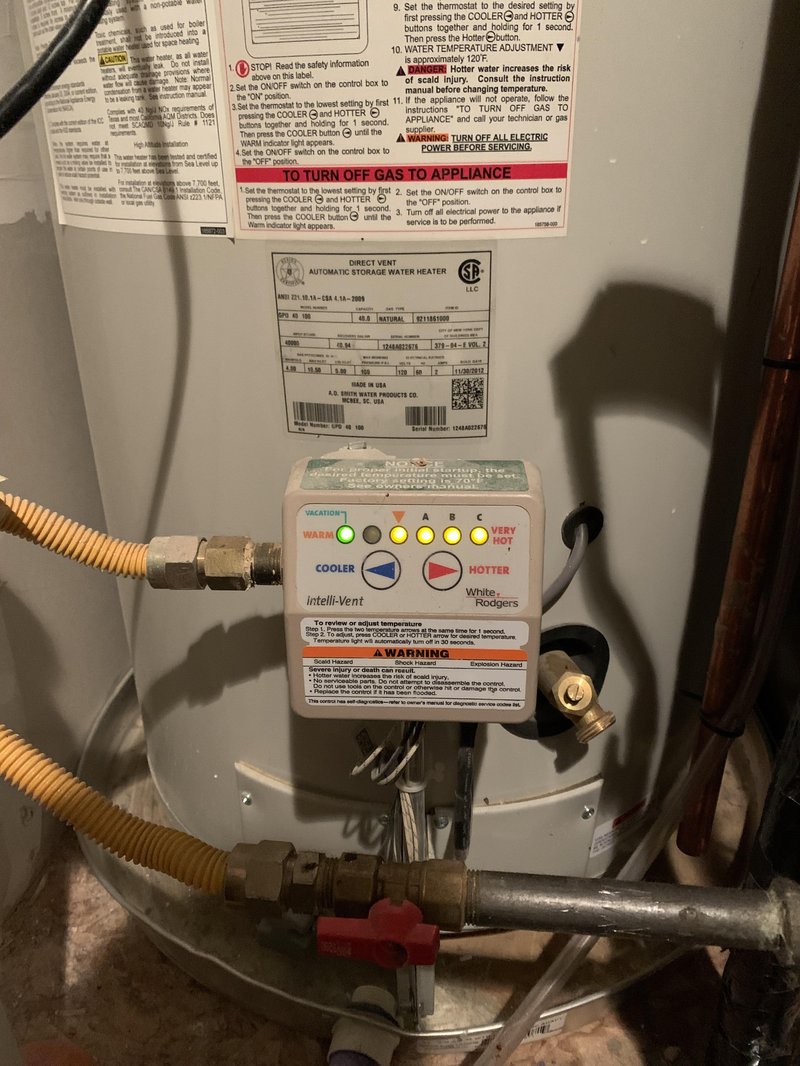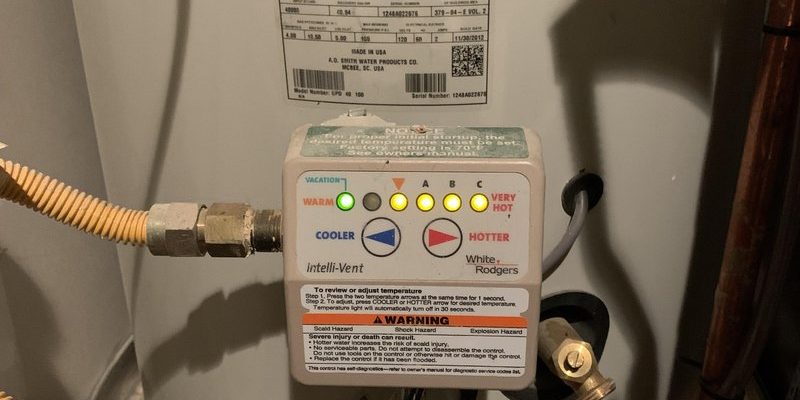
Essentially, an Error Code E3 indicates that there is an issue with the water temperature sensor in your Kenmore water heater. Think of it as your heater’s way of waving a red flag to catch your attention. It’s like when your car’s check engine light pops on—your heater is signaling, “Hey, something’s up here!” In most cases, this isn’t an emergency, but it’s definitely something you want to address to ensure your heater functions properly and efficiently.
For those of you who prefer your showers steaming hot or warm and cozy, the E3 error can be quite the inconvenience. But don’t worry, getting to the bottom of this is a task you can tackle with a little guidance. Let’s walk through understanding this error and how you can manage it effectively.
Understanding Error Code E3: What It Really Means
When your Kenmore water heater displays Error Code E3, it’s all about the temperature sensor. Imagine the sensor as the thermostat in your home—it monitors the water temperature and communicates with the heater to ensure consistency. If the sensor isn’t functioning correctly, your heater doesn’t know whether it’s making the water too hot, too cold, or just right. It’s like trying to bake cookies without knowing if the oven is preheated; you could end up with a half-baked batch.
The E3 code often means that the sensor is failing to properly read the water temperature. It could be due to a faulty sensor, a wiring issue, or even something as simple as debris buildup. This code is your heater’s way of letting you know that the sensor isn’t communicating as it should. And just like with a misbehaving thermostat at home, resolving this issue is crucial for maintaining your heater’s performance and avoiding future problems.
Temperature sensors are quite sensitive, and several factors can influence their performance. Over time, normal wear and tear, electrical issues, or even poor installation can lead to sensor malfunctions. It’s important to address these concerns as soon as they arise to avoid more significant damage down the line. You don’t want your relaxing hot shower turning into an unexpected cold plunge, right?
Common Causes of Error Code E3
Now that you’re equipped with a basic understanding of what the E3 error signifies, let’s dive into the common culprits behind this issue. By recognizing these causes, you’ll be better prepared to address the problem without unnecessary stress or confusion.
First off, a faulty temperature sensor is often to blame. Just like any other electronic component, sensors can degrade over time due to heat exposure, wear and tear, or manufacturing defects. It’s similar to how a used car might start showing signs of mechanical issues as it ages. In such cases, replacing the sensor is typically the best course of action to restore your water heater.
Another possible cause could be issues with the wiring connected to the sensor. Think of this like a string of holiday lights; if one bulb goes out, the whole string might stop working. Similarly, if the wiring to your water heater’s sensor is damaged, the sensor can’t communicate correctly, leading to the E3 error code. Inspecting and repairing the wiring can often resolve this problem.
Lastly, external factors like debris or mineral deposits might be interfering with the sensor. If you’ve ever had a showerhead get clogged with mineral deposits, you’ll understand how quickly things can go awry without regular maintenance. Periodically cleaning your water heater can help prevent these buildups and ensure smooth operation.
Steps to Resolve the E3 Error Code
So, what should you do if you’re seeing the E3 error code? Thankfully, with some basic troubleshooting, you can often resolve the issue without calling in a professional. However, always remember to exercise safety first; if you’re unsure about any step, don’t hesitate to seek expert help.
Start by checking the sensor itself. Shut off power to the heater and open the access panels. Just like handling delicate electronics, proceed carefully and look for signs of damage or loose connections. If the sensor looks worn or damaged, replacing it with a new one from your local hardware store can be a simple fix.
Next, inspect the wiring connected to the sensor. Look for frayed wires or loose connections. Just as you would tighten a loose bolt on your bike to ensure a smooth ride, ensuring proper connections can solve the E3 error. Secure any loose wires and replace those that appear damaged.
Lastly, consider performing a routine cleaning of your water heater. Removing dust or any debris that might have settled can prevent future errors. It’s a bit like giving your living room a quick dusting—regular maintenance can go a long way in preventing complications.
Final Thoughts: Keeping Your Kenmore Water Heater in Top Shape
At the end of the day, tackling an E3 error doesn’t have to be daunting. With patience and the right approach, you can keep your Kenmore water heater running smoothly. Remember, consistent maintenance and quick responses to error codes are key to prolonging the lifespan of your appliance.
If the troubleshooting steps don’t resolve the issue, seeking professional assistance is always a wise option. Just like you would trust a mechanic with a particularly tricky car problem, a certified technician can provide expert insights and solutions.
Keep in mind, water heaters are an essential part of your daily routine, ensuring you start your day with a refreshing shower or that your dishes wash up spotless. By addressing issues as they arise and carrying out routine maintenance, you’ll enjoy all the comforts of your hot water heater with fewer disruptions.
